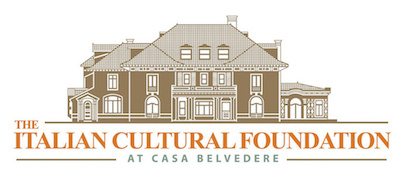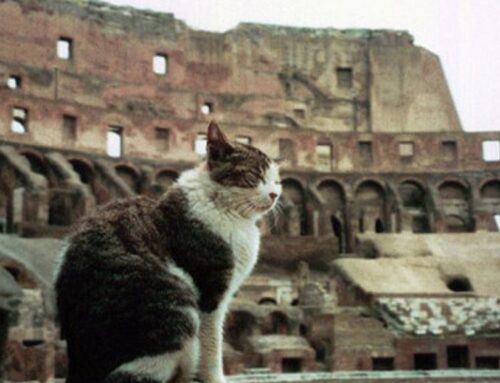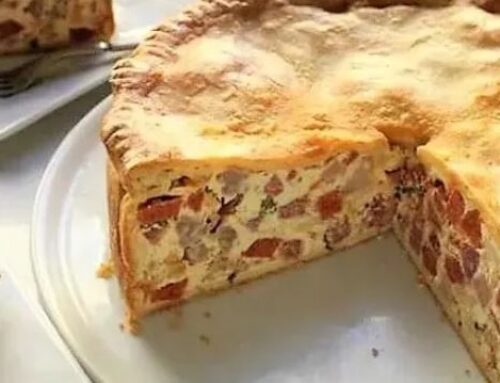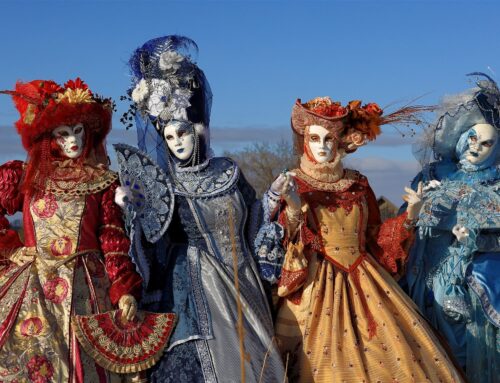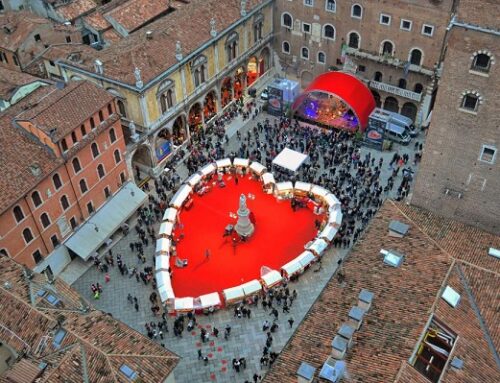By Joyce Venezia Suss
Editor’s Note: The membership lists for the Italian Cultural Foundation at Casa Belvedere are filled with so many beautiful Italian names. Among the women, members include Giovanna, Alfonsina, Melina, Antonella, Aida, Rose, and Elvira. Among the men, members include Marcello, Emidio, Pietro, Francesco, and Anselmo. We were inspired to explore the meaning and traditions behind many Italian names.
All babies are beautiful, but newborns who receive a traditional Italian name are doubly blessed. Italian given names often come with history, and the melodic beauty of a language rich with vowels, rolling Rs and airy Ls.
In the United States, we say Joe, Peter and Mary. In Italy, it’s Giuseppe, Pietro and Maria. Say them out loud and you’ll easily hear why Italian is one of the romance languages – it sounds beautiful, or bellissimo.
Many common names in Italy originate from the Bible, which is not surprising since the major religion is Roman Catholicism, and the Pope lives in Vatican City in Rome. Babies are often named after saints, either the saint celebrated on the day they are born, or perhaps a local patron saint.
People who are named after a saint can celebrate on two days: their actual birth date, and their onomastico – the “name-day” in the General Roman Calendar that honors their saint. The word translates to chiamare per nome – to call by name. The name-day tradition is common in central and southern Italy, especially for well-known saints:
- San Valentino (Valentine) on Feb. 14: Valentino, Valentina
- San Giuseppe (Joseph) on March 19: Giuseppe, Peppe, Beppe, Peppino, Giuseppina, and Pina.
- San Antonio di Padova (Anthony) on June 13: Antonio, Antonia, Antoinetta, Tonino
- San Giovanni Battista (John) on June 24: Giovanni, Giovanna
- San Francesco D’Assisi (Francis) on Oct. 4 (the patron saint of Italy): Francesco, Francesca
- Santa Lucia (Lucy) on Dec. 13: Lucia, Luciano.
Some Italian babies are given names relating to the time of year when they are born. For instance, Easter may see an abundance of Pasquale or Pasqua, while Christmas may bring children named Natale or Natalina, Nicole or Nicola.
More common among Italians is the tradition of naming children after grandparents, which continues the popularity of certain classic names. There are many generations of Italians and Italian-Americans with the same names. But modern parents are also opting for shorter, trendier names for girls and boys.
The Italian National Institute for Statistics (Istat) compiles lists of the most popular baby names. In recent years, popular female names in Italy were Sofia, Aurora, Giulia, Ginevra, Alice, Emma, Giorgia, Beatrice, Greta and Vittoria. Popular male names were Leonardo, Francesco, Lorenzo, Alessandro, Andrea, Mattia, Gabriele, Tommaso, Riccardo, and Edoardo. The popularity of certain names also varies heavily by region.
An older name tradition is adding a “little” (diminutive form) ending to a name, such as etto/etta or ino/ina (Donato/Donatello or Paola/Paoletta). While sometimes used as a nickname, it can also be used to identify a younger child from an elder with the same name.
The Italian Cultural Foundation at Casa Belvedere is a not-for-profit organization that celebrates everything Italian by sharing stories such as this, and offering exceptional public programs: Language and cooking classes; art and photo exhibits; film festivals; opera luncheons and casino nights; Italian car shows and fashion shows; live concerts and theatrical performances; guest chef experiences and wine tastings; bocce and bingo (tombola); and much more. Casa Belvedere (house with a beautiful view) has established itself as a vibrant and buzzing cultural center in New York City. For more information, visit casa-belvedere.org.
